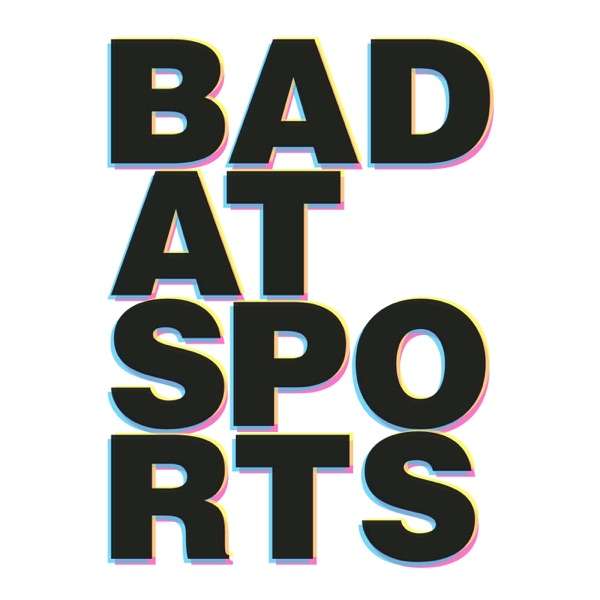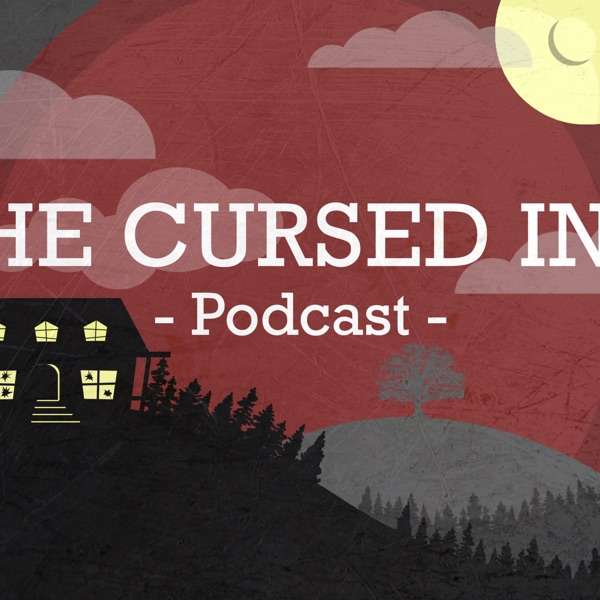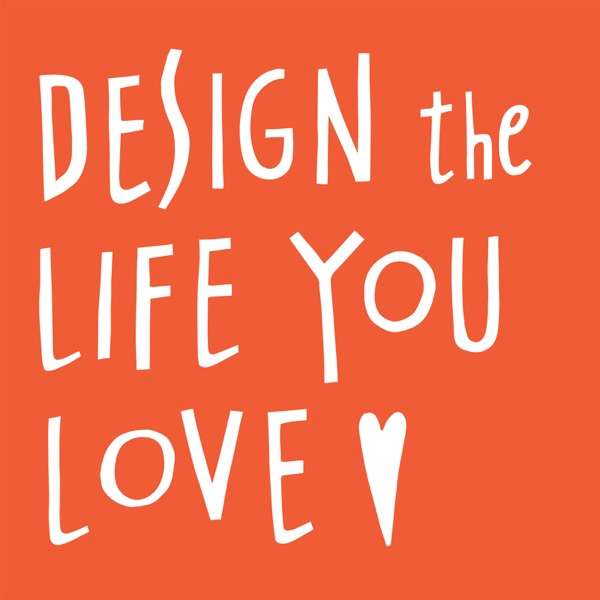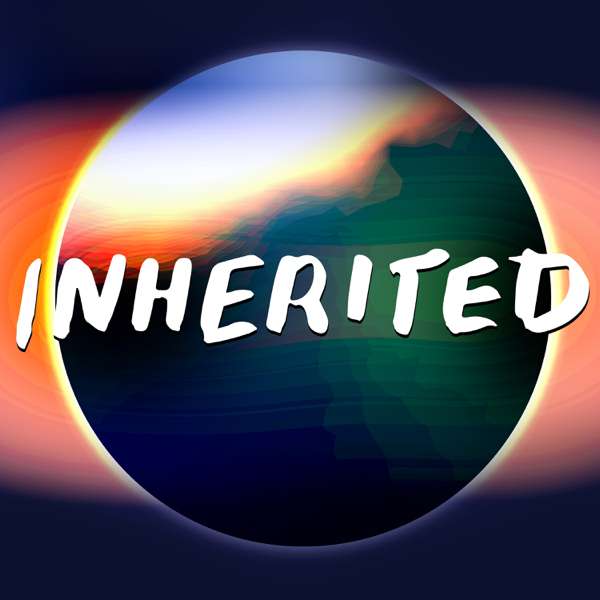Hello hello Word Nerds! Welcome back to DIY MFA Radio.
OMG, you guys! It’s episode 100! I can’t even believe how excited I am that we’ve come this far.
Today’s show is special because not only is it episode 100 and the first solo show I’ve done in quite a while, today I’m going to introduce a concept to you. I’ve been kicking this around for a long time, and I think it’s a direction that I’m going to be taking DIY MFA, so you get a sneak peek as to where DIY MFA is going.
As you’ve probably already noticed, if you follow the website or the show, a few months ago I released the Storytelling Superpower quiz, a personality quiz like you see on Buzzfeed that will tell you your storytelling personality. Head on over and take the quiz if you haven’t already. When you finish the quiz, you’ll be prompted to sign up a video series. This video series is a mini master class that I put together to celebrate the launch of the DIY MFA book!
In this episode I’m going to give you an overview of where the Storytelling Superpower concept came from, what it is, and where it might be going in the next few months.
Embed Episode Here
The Birth of an Idea
I had this idea over the winter holidays. I started sketching out some ideas in my brainstorming notebook. I like to break things into categories, to put order to very complex concepts. For a while I had been asking myself how you really know what you’re good at as a writer. This is a fundamental piece to DIY MFA. I don’t believe in copying and pasting someone else’s success plan onto your own life. You never know if that thing that worked for someone else will work for you. This is where that iteration concept comes from. It’s so important that you figure out what you’re already good at as a writer, how you behave under natural circumstances and then you improve on the things that are working well instead of overhauling your whole process all the time.
I started wondering how can a writer figure out what they’re good at? Wouldn’t it be great if we had a writer’s personality test that would help you figure out who you are when you’re on the page? I’m also a huge fan of personality tests. I have a masters in psychology from Cornell, and one of the things I loved studying was personality. I started thinking about what this assessment would look like.
The Myers-Briggs test, you know the E/I N/S F/T J/P one, is basically a bunch of binary spectrums. People answer yes or no questions based on those four binary spectrums that then determine whether you’re introverted or extroverted, whether you’re a thinker or a feeler. Once you figure out where you fall on those spectrums, you get your personality composite, lumping together the parameters and synthesizing who you are based on your scores on the test.
The Heart and Soul of Your Story
I wanted to adapt that concept for writers, to take the framework and adapt it to the way writing works. What I came up with were the different types of factors that now make up the Storytelling Superpower quiz. I decided to focus on the character component because characters are the heart and soul of your story. You can have no plot whatsoever, you can have the most mundane world for your story, you can have really messy dialogue or description, you have something. If you don’t have solid characters, even if everything else is perfect, you’re not going to be able to get that book past square one.
So that’s where we start.
How do we determine what the character piece of the puzzle would be? I’ve mentioned the everyman versus larger-than-life heroic character. In a previous episode, I talked about the Opposite-is-Possible Theory, the idea that you need to show that the everyman character can do something grand, and that the heroic character can be vulnerable. But I started thinking that there had to be more than just those two elements to character.
The other thing that drives character is what they want. That can be kind of hard to boil down to a binary thing. The character could want to go out on an adventure and see the world, or to find the love of their life, or to not be beat up by the bully at school. So I started looking at books that I loved to see if I could discover anything in common with the characters and their wants. At first it looked like they were all over the place. And then it hit me, people (and characters) want one of two things in their life. They either want to change something or they want to preserve something.
This might seem really basic, but if you think about it, every single motivation that is at the crux of a book boils down to either change or preserve. In the Wizard of Oz, Dorothy wants to go home, to go back to the way things were. In the Hunger Games, Katniss wants to get her family out of the horrible situation they are in and she wants to survive the games. At the beginning of the series, Katniss wants to preserve her own life, but by the end she wants systemic change.
I talk in the video series about how the character’s want changes and how you can use that to modulate a character from one archetype to another. Even if you find that one archetype speaks to you more than the others, you can shift things around and adapt characters by shifting their wants.
Four Character Archetypes
You can have a regular joe character who just wants to change or preserve something, or you can have a larger-than-life character who wants to change or preserve something. That gave us four archetypes.
So why are these archetypes important? The key isn’t to box characters in. You don’t have to shove your character into a particular category and then stick to that category come hell or high water. Instead, you can use these frameworks to understand what your characters are about at their most basic level. Then you can break the rules, shake things up. But if you don’t know what the rules are in the first place you can’t break them.
Underdog
The underdog is an ordinary Joe or Jane who wants to change something. This character doesn’t have a whole lot of amazing superpowers or skills or assets, but they want to move up, to change their life and the status-quo. You can play this dynamic out in any number of circumstances, like the classic “rags-to-riches” makeover story or a comeback story where a powerful character has a major setback and has to pick themselves back up. So even though the underdog character happens to be an everyman who wants to change, you can make that story play out in a lot of different ways depending on the situation you put that character in.
Disruptor
The disruptor is my favorite. It’s a larger-than-life character who wants to change something, whether that’s something small in their life or something large in the world around them. Usually the disruptor is the revolutionary, the character that wants to change the world. What I find interesting is that, when I look at the data for of all the archetypes in the quiz, the disruptor is the smallest slice of the pie. Why that is, I think, is because disruptors are very hard to like. So if you’re writing a disruptor character, help the reader find something in that character that they can relate to.
Survivor
The survivor is the same everyman character as the underdog, except that instead of wanting to change something, they want things to stay the same. The classic survivor stories are battles against nature, where some big disaster happens and the character has to struggle to survive. What makes this archetype so relatable is the everyman-ness of the survivor character. If the survivor can get through this, then so can we. Survivors are characters that have hope woven into them. No matter how bad things get, survivors believe that they can get back to when things were good. They don’t just give up, and that makes them compelling.
Protector
The protector is your typical superhero, larger-than-life, using their superpowers to protect the world, to protect others. What’s so great about these characters is that they’re noble and heroic, out there saving the world. They don’t have to be superheroes, either. It could be a doctor or a lawyer, someone who wants to save those that can’t save themselves. The thing you have to watch out for is that, because they are protective, they can sometimes overstep their bounds. Like the disruptor, the protector is larger-than-life, so the key is to show some vulnerability. With the protector it’s a little easier to do, though, because their goal is to protect those around them.
Putting it all together
The storytelling superpower goes way beyond just the character piece of the puzzle. When I had originally sketched out this idea, I had 32 or 64 possible archetypes because of how many different factors you can consider in connection with the character element, like the type of story structure, or the way the character’s want plays out throughout the story. In the future this could go into a lot of different directions!
At some point I’d like to create a full assessment to see how writers perceive themselves based on these factors versus how their stories play out when you feed stories into a computer. Later this summer I interview a professor who is doing exactly that, so listen out for that!
I could get really geeky with the stats and we could get all down in the weeds about this project. But then I remind myself of what the purpose is behind the Storytelling Superpower project. It’s about helping writers find their focus. The Storytelling Superpower is a tool to help you figure out what you are uniquely good at, what characters speak to you, and how you can implement these characters on the page and adjust them so that you can make your story even better. It can also help you choose which projects to work on, and which to put aside for now.
The only way to improve as a writer is to dig into your own process and understand the way you operate as a writer. Then improve on that.
So go, take the quiz. Then sign up for the video series. Or if you’ve already taken the quiz, you can sign up for the video series here. The course will be available until the big book launch event in NYC this August.
For more info and show notes: DIYMFA.com/100

 Our TOPPODCAST Picks
Our TOPPODCAST Picks  Stay Connected
Stay Connected







